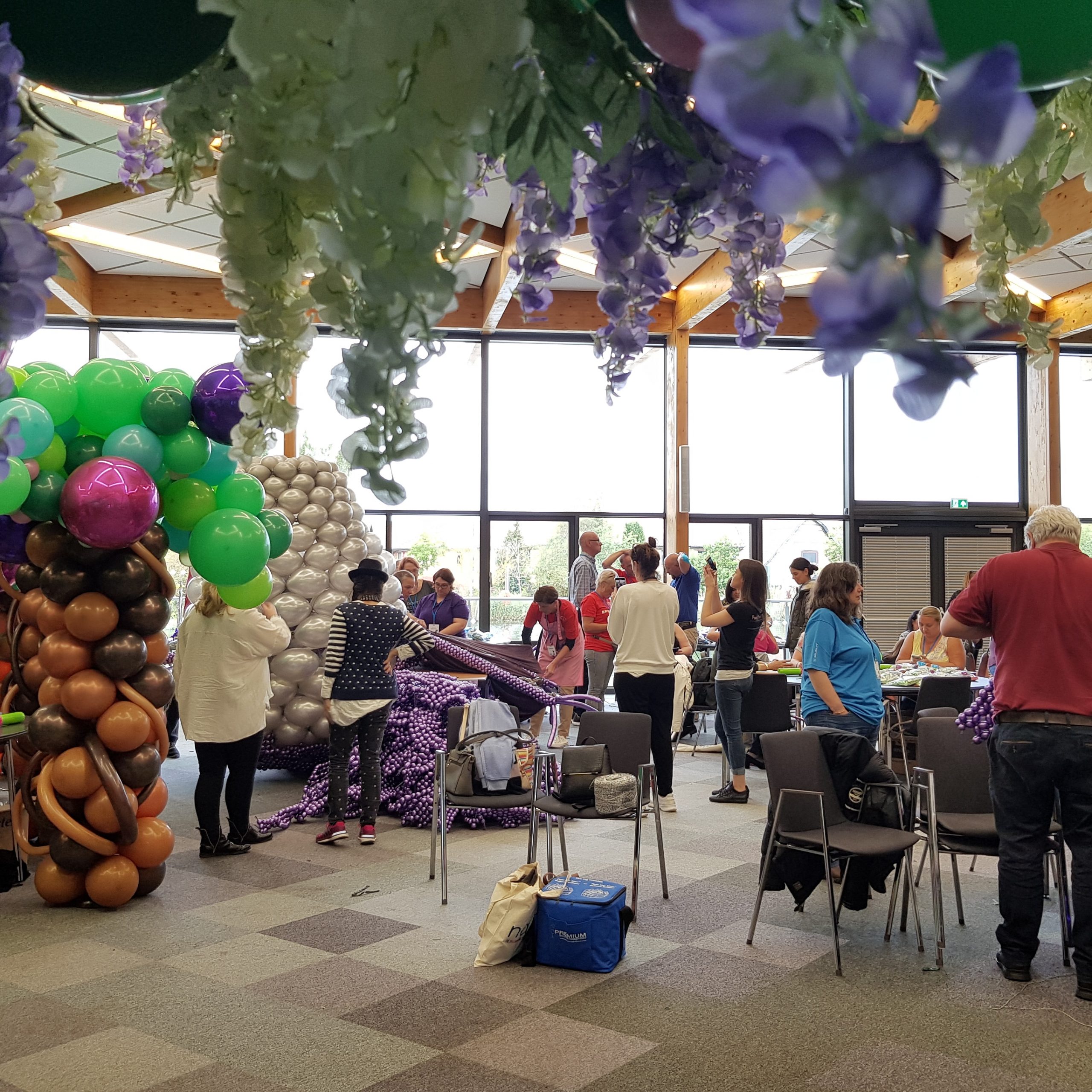If you’ve ever walked into a room adorned with beautiful balloon displays, you know how transformative they can be. As someone who’s been involved in event planning for years, I can personally attest to the magic balloons bring to any occasion. In this guide, we will explore the world of balloon decoration training, sharing insights, techniques, and everything you need to know to become a skilled balloon artist.
What is Balloon Decoration Training?
Balloon decoration training is a specialized educational course aimed at teaching individuals how to create aesthetically pleasing balloon arrangements for various events, from birthday parties to corporate gatherings. This training encompasses a variety of techniques, including balloon arches, centerpieces, and sculptures.
Why Invest in Balloon Decoration Training?
Investing in balloon decoration training can significantly enhance your skills as an event planner or hobbyist. Here are a few reasons to consider:
- Creativity Boost: Learn innovative techniques to express your artistic side.
- Marketability: Stand out in the event planning industry with unique balloon creations.
- Networking Opportunities: Connect with other professionals in the field.
- Personal Satisfaction: Experience the joy of creating something beautiful for others.
Types of Balloon Decoration Training Available
There are various forms of balloon decoration training accessible, catering to different preferences and skill levels:
- Online Courses: Learn from the comfort of your home at your own pace.
- In-Person Workshops: Hands-on experience with expert guidance.
- Certification Programs: Formal training that often includes a certification upon completion.
Online Courses vs. In-Person Workshops
When choosing your training program, consider the pros and cons of online courses versus in-person workshops:

| Aspect | Online Courses | In-Person Workshops |
|---|---|---|
| Flexibility | High | Low |
| Cost | Generally lower | Higher due to venue and materials |
| Hands-On Learning | Limited | Extensive |
| Networking Opportunities | Limited | High |
Key Skills Taught in Balloon Decoration Training
Throughout the training, you will learn a variety of skills essential for balloon decoration:

1. Balloon Techniques
Mastering fundamental balloon techniques is crucial. These include:
- Twisting: Creating sculptures and intricate designs.
- Arch Making: How to construct arches for entrances or backdrops.
- Balloon Bouquets: Combining balloons for stunning centerpieces.
2. Color Theory and Design Principles
Understanding color combinations and design aesthetics will elevate your balloon arrangements.

3. Event Planning Basics
Balloon decorators often work alongside event planners, so having a foundation in planning principles is beneficial.
Tools and Materials You’ll Need
Equipping yourself with the right tools is vital as you embark on your balloon decoration journey. Here’s a comprehensive list:

Essential Tools
- Balloon Pump: For inflating balloons with ease.
- Scissors: For cutting ribbons and balloons.
- Balloon Weight: To keep balloons grounded.
- Glue Dots: For securing balloons together.
Types of Balloons
Different types of balloons serve varying purposes:
- Latex Balloons: Versatile and common for all decorations.
- Foil Balloons: Shiny and ideal for special occasions.
- Confetti Balloons: Add an extra layer of fun and surprise.

Steps to Get Started in Balloon Decoration
Getting started can seem overwhelming, but following a structured approach will help you along the way:
1. Choose Your Training Path
Select between online courses and in-person workshops based on your learning style and budget.

2. Practice Regularly
Like any skill, practice is key. Set aside time each week to work on your decoration techniques.
3. Create a Portfolio
Document your work to showcase your abilities to potential clients or employers.
4. Market Yourself
Utilize social media and local networking events to promote your balloon decoration services.
Challenges in Balloon Decoration
Becoming a skilled balloon artist comes with its set of challenges. Here are some common hurdles:
1. Sustainability Concerns
- Addressing the environmental impact of balloon use.
- Exploring biodegradable options.
2. Technical Difficulties
- Overcoming the learning curve associated with advanced techniques.
- Managing material costs.
3. Customer Expectations
- Ensuring client satisfaction with custom designs.
- Communicating effectively about timelines and budgets.
Pros and Cons of Balloon Decoration Training
| Pros | Cons |
|---|---|
| Enhances creativity | Can be costly depending on the course |
| Networking opportunities | Time commitment required |
| Increases marketability | Learning curve can be steep |
Conclusion
Balloon decoration training is a rewarding investment for anyone looking to enhance their event planning skills. With the right techniques and the creativity to fuel your passion, you can transform any venue into a spectacular celebration. Whether you choose to pursue online courses or in-person workshops, the essential skills and knowledge you gain will be invaluable in your journey as a balloon artist.
FAQs About Balloon Decoration Training
What is the average cost of balloon decoration training?
The cost can vary widely based on the format and depth of the course, ranging from $50 for online courses to several hundred dollars for intensive workshops.
How long does it take to become proficient in balloon decoration?
With consistent practice, most people can become proficient within a few months. However, mastering advanced techniques can take a year or more.
Can I start a balloon decoration business after training?
Absolutely! Many people turn their skills into a profitable business after completing their training, especially with a solid portfolio and marketing strategy.
Are there any certifications available in balloon decoration?
Yes, several organizations offer certifications in balloon artistry, which can add credibility to your skills.
What are some popular balloon decoration trends?
Current trends include organic balloon designs, balloon walls, and themed installations. Staying updated with trends allows you to cater to client preferences effectively.